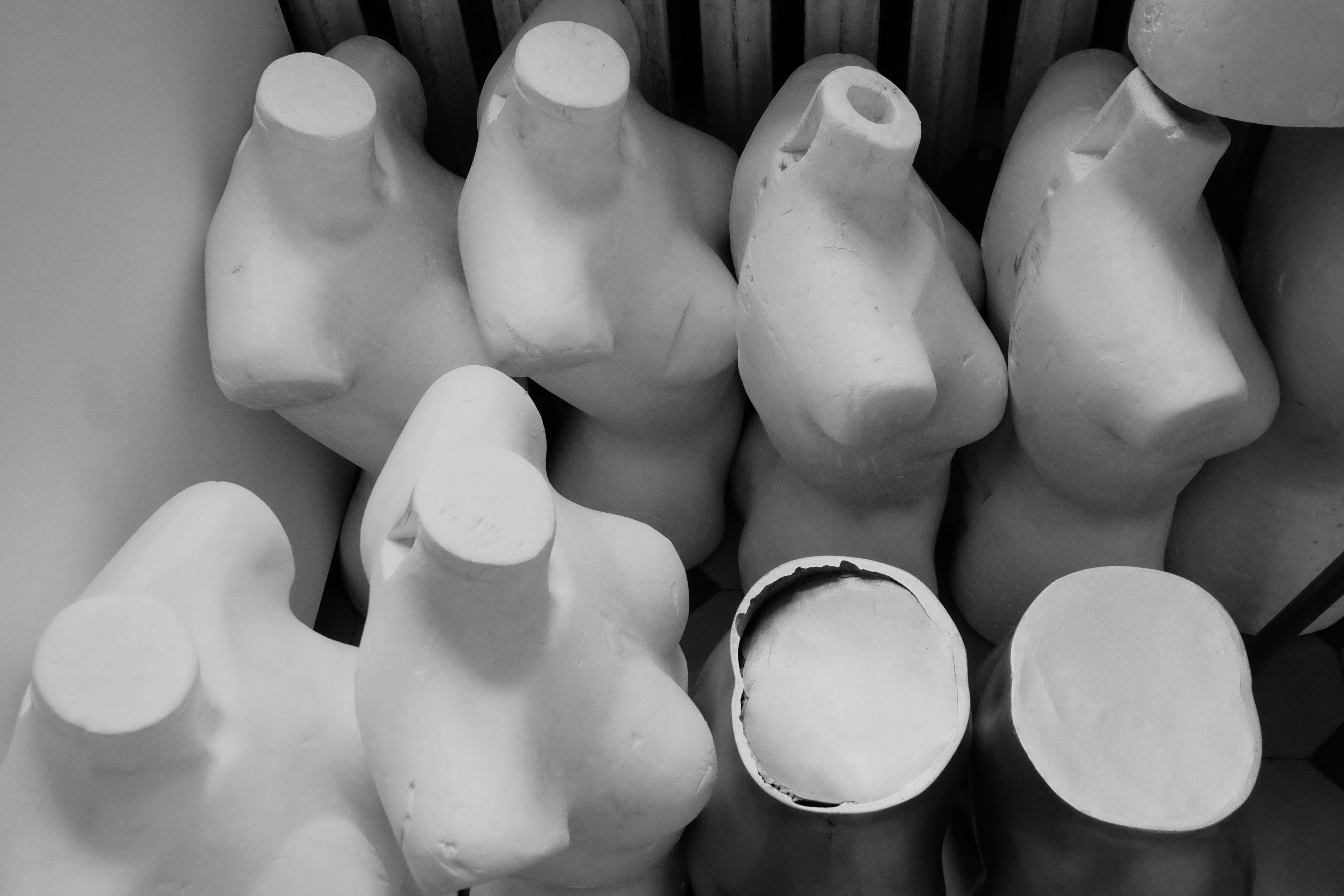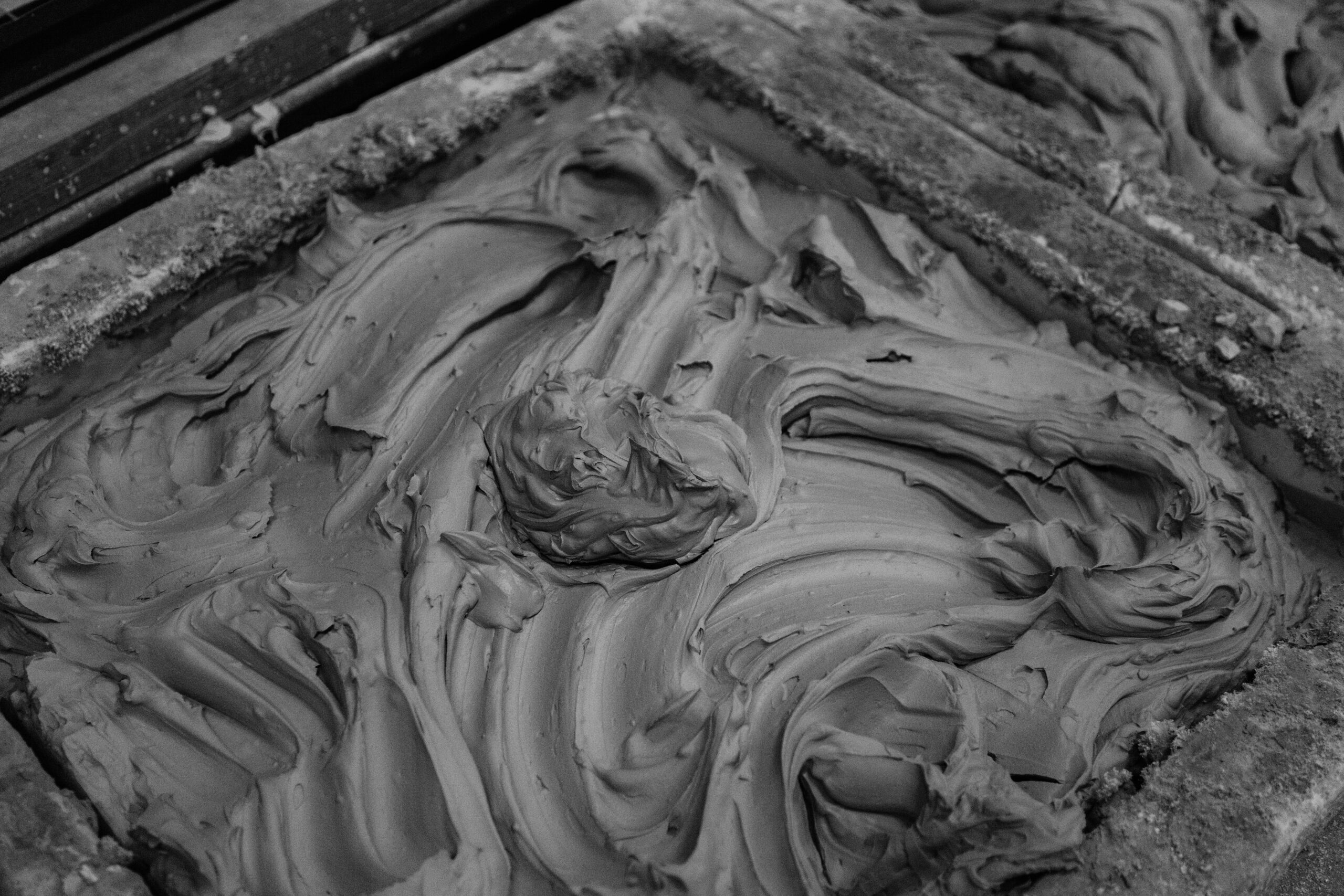Schwarzer Schimmel
Schwarzer Schimmel, or black mold as it’s commonly known, is a type of mold that can have serious implications for both health and property. Unlike other molds, Schwarzer Schimmel thrives in damp, humid environments and can significantly affect the quality of the air in your home or building. In this article, we will explore the causes, identification, health risks, and methods of prevention and removal for Schwarzer Schimmel.
Understanding Schwarzer Schimmel
Schwarzer Schimmel grows in moist conditions and can often be found in bathrooms, kitchens, and areas affected by leaks or high humidity. Its appearance is usually black, which can sometimes lead to confusion with other dark molds. Identifying this specific type is crucial, as it is known to cause respiratory issues and other health problems. To effectively combat Schwarzer Schimmel, it’s essential to understand its characteristics and the environments in which it thrives.
Characteristics of Schwarzer Schimmel
Schwarzer Schimmel can be recognized by its dark color and fuzzy texture. This mold often appears in patches and may have a musty odor. Unlike other molds, it can spread rapidly under the right conditions. These characteristics make it imperative for homeowners to act quickly at the first signs of mold in their living spaces. Regular inspections in vulnerable areas can help in early identification and remediation.
Causes of Schwarzer Schimmel Growth
The primary causes of Schwarzer Schimmel growth include excess moisture, poor ventilation, and water leaks. Areas with high humidity—such as bathrooms, basements, and around plumbing fixtures—are particularly susceptible. Using dehumidifiers, ensuring good airflow, and fixing leaks promptly are critical to preventing the growth of this harmful mold. Homeowners should be proactive in monitoring indoor humidity levels and promptly attending to damp areas.
Health Risks Associated with Schwarzer Schimmel
Schwarzer Schimmel poses various health risks, particularly for individuals with respiratory issues or weakened immune systems. Common health problems linked to mold exposure include allergic reactions, asthma attacks, and chronic respiratory diseases. Symptoms may present as coughing, sneezing, or sore throats. It is vital for anyone experiencing these symptoms, especially in damp environments, to seek medical attention and consider testing their living spaces for mold contamination.
Identifying Schwarzer Schimmel
Proper identification of Schwarzer Schimmel is crucial for effective remediation. While the visual presence of dark patches can signal a mold problem, other indicators also play a role in identifying this specific type of mold. Moreover, understanding how to differentiate it from other molds can be extremely beneficial for premature action.
Visual Inspection Techniques
A visual inspection is the first step in identifying Schwarzer Schimmel. Homeowners should look for unusual black spots on walls, ceilings, and floors. Additionally, checking corners, behind furniture, and under sinks can reveal hidden growth. It’s also important to note any musty odors, which can indicate the presence of mold. Here’s a simple checklist for your visual inspection:
- Check bathrooms and kitchens for moisture accumulation.
- Inspect areas around windows and doors.
- Look for signs of discoloration on walls or ceilings.
- Note any persistent musty smells.
Testing for Schwarzer Schimmel
If visual inspections yield inconclusive results but you suspect the presence of Schwarzer Schimmel, testing may be necessary. Home mold testing kits are available for DIY testing, or you can hire professionals to conduct thorough assessments. This testing can pinpoint the specific type of mold and inform remediation strategies, thereby ensuring the safety of the inhabitants.
Case Study: Common Occurrences of Schwarzer Schimmel
In a recent case study, a family experienced persistent respiratory issues. After thorough inspection, Schwarzer Schimmel was discovered in their basement, thriving due to a combination of water damage and high humidity. Following professional remediation, they installed a dehumidifier and repaired leaks, significantly improving their indoor air quality. This example underscores the importance of identifying and removing Schwarzer Schimmel promptly to protect health and wellness.
Prevention of Schwarzer Schimmel
Preventing Schwarzer Schimmel is often more manageable than remediation. The key factors to consider include controlling humidity levels, ensuring proper ventilation, and conducting regular maintenance checks. Recognizing the importance of incorporating preventive measures can help maintain a healthy living environment.
Humidity Control Strategies
Maintaining low humidity levels is essential for preventing Schwarzer Schimmel. Homeowners should aim for indoor humidity between 30% and 50%. Using dehumidifiers, especially in susceptible areas, and ensuring that homes are well-ventilated can significantly reduce moisture. Additionally, it’s beneficial to utilize exhaust fans in bathrooms and kitchens to expel humid air outside.
Proper Ventilation Techniques
Enhancing ventilation is crucial in preventing mold growth. Proper airflow helps in drying out damp areas quickly, thus minimizing conditions conducive to mold growth. Regularly opening windows, using fans, and ensuring that vents are unblocked can make a significant difference. Additionally, installing vents in attics and crawl spaces can also enhance air circulation, reducing moisture levels.
Routine Maintenance and Inspections
Regular home maintenance and inspections are vital for mold prevention. Homeowners should closely monitor areas prone to leaks, such as roofs and plumbing fixtures. Cleaning and maintaining gutters can prevent water accumulation that fosters mold growth. Scheduling routine inspections at least annually can help catch small problems before they escalate into larger issues.
Remediation of Schwarzer Schimmel
In cases where Schwarzer Schimmel is already present, remediation becomes a priority. Understanding effective removal methods and safety precautions is crucial to ensuring the process is thorough and protects the health of everyone in the area.
DIY Removal Techniques
If the affected area is small, you might consider do-it-yourself (DIY) removal techniques. Always wear protective gear, such as masks and gloves, to avoid inhalation or contact with mold spores. A simple solution of vinegar and water can be effective for cleaning small patches, as it doesn’t emit harmful fumes like some chemical cleaners. Here’s a step-by-step guide:
- Put on protective gear.
- Mix equal parts of vinegar and water in a spray bottle.
- Spray the affected area and let it sit for an hour.
- Scrub the area with a brush and rinse thoroughly.
Professional Mold Remediation Services
For significant Schwarzer Schimmel infestations, hiring professional mold remediation services is often the best solution. These experts have the tools and knowledge to thoroughly address the problem. They can conduct a detailed inspection, remove mold safely, and advise on preventive measures to avoid future issues. Homeowners should seek certified professionals to ensure a comprehensive mold removal process.
After Remediation: Ensuring a Mold-Free Environment
After removing Schwarzer Schimmel, it’s critical to implement strategies to maintain a mold-free environment. Regular inspections and moisture control methods should be established as ongoing practices. Homeowners should commit to frequent air quality tests and humidistat checks to ensure that conditions remain inhospitable for mold growth. By adopting these practices, you can safeguard your home and health from future infestations.

Key Takeaways
- Schwarzer Schimmel thrives in moist, humid conditions and poses serious health risks.
- Proper identification and remediation are crucial for effective mold management.
- Preventive measures such as humidity control and regular inspections can mitigate mold growth.
- DIY removal is possible for small infestations, but larger issues require professional intervention.
FAQ
1. What are the initial steps to take if I find Schwarzer Schimmel in my home?
If you discover Schwarzer Schimmel, the first step is to isolate the area to prevent spores from spreading. Wear protective gear and assess the extent of the problem, determining if it’s manageable or if professional help is needed. If small patches are present, consider DIY removal; otherwise, contact mold remediation experts.
2. Can Schwarzer Schimmel cause long-term health problems?
Yes, prolonged exposure to Schwarzer Schimmel can lead to serious health complications, particularly for those with respiratory issues. Symptoms may include chronic coughing, frequent headaches, or allergic reactions. It is crucial to address mold infestations promptly to protect your health.
3. How can I prevent Schwarzer Schimmel from returning after remediation?
To prevent Schwarzer Schimmel from recurring after remediation, ensure that humidity levels remain low, improve ventilation, and conduct regular inspections for leaks or dampness. Investing in dehumidifiers and maintaining air circulation can significantly reduce the chances of mold reappearing.
4. Should I worry if I see black mold that isn’t Schwarzer Schimmel?
While not all black mold is Schwarzer Schimmel, it’s best to treat any type of mold with caution. Consulting a professional can determine the type of mold present and its potential health risks, allowing for appropriate treatment and prevention measures.
5. What are the signs of Schwarzer Schimmel contamination?
Signs of Schwarzer Schimmel contamination include dark patches on walls or ceilings, a persistent musty odor, and unexplained allergic reactions or respiratory issues among occupants. Regular checks in moisture-prone areas can help catch mold growth early.

